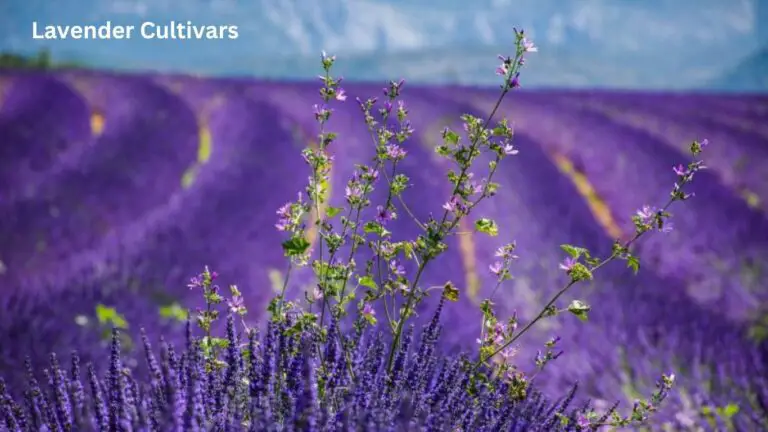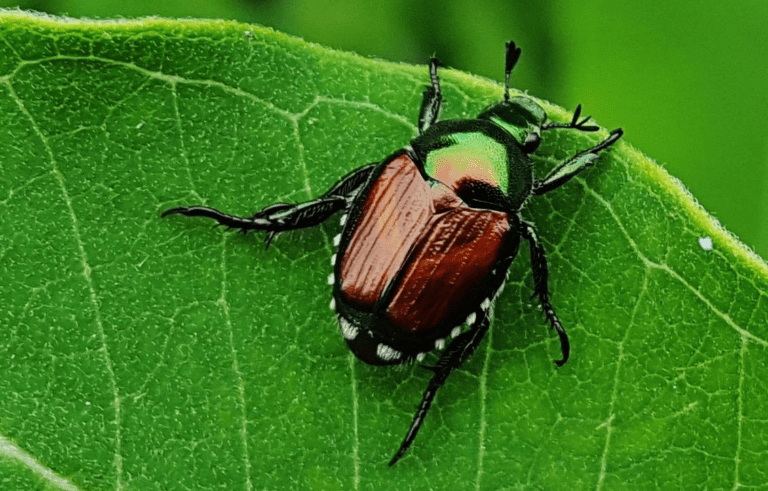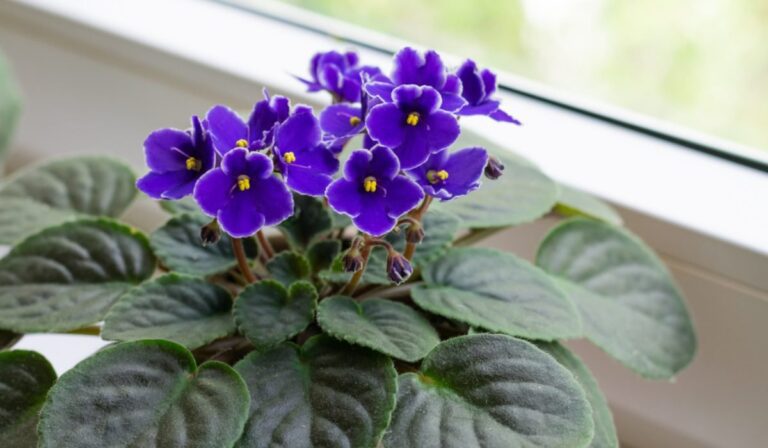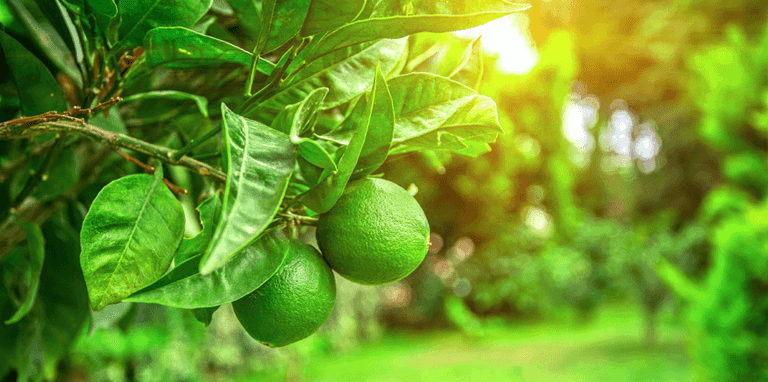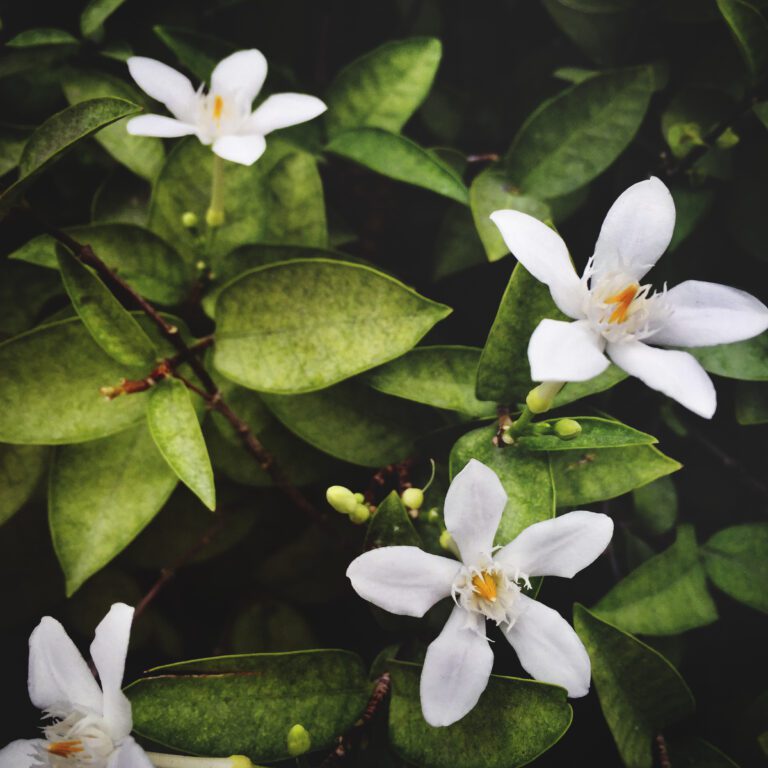Snail Vs Slug: What’s The Difference?
Table of Contents
Physical Characteristics: Understanding the distinct physical features of snails and slugs.
Snail Vs Slug are fascinating creatures with distinct physical features that set them apart from other animals. One of the most prominent characteristics of these gastropods is their soft, slimy bodies, which lack limbs and a backbone. This unique body structure allows them to move smoothly and effortlessly across various surfaces.

Another notable physical feature of snails and slugs is their retractable tentacles. These sensory organs are located on their heads and play a vital role in their survival. The upper pair of tentacles are equipped with eyes at their tips, enabling these gastropods to detect light and movement in their surroundings. The lower pair of tentacles are used for sensing touch and chemical cues in the environment.

In addition to their tentacles, snails and slugs also possess a muscular foot, which helps them glide along surfaces. This foot is covered with mucus that reduces friction, allowing them to move more efficiently. The mucus also serves as a protective layer, preventing them from drying out and aiding in their locomotion.
Overall, understanding the physical characteristics of snails and slugs provides valuable insights into their unique biology and adaptations. From their soft, slimy bodies to their sensory tentacles and mucus-covered foot, these features contribute to their remarkable ability to navigate and survive in diverse environments.
Shell Presence: Exploring the presence or absence of shells in snails and slugs.
Snails and slugs are fascinating creatures that belong to the same family of gastropods, yet they exhibit distinct physical differences when it comes to the presence or absence of shells. Snails, known for their beautiful spiral shells, are equipped with a protective outer layer that provides them with both shelter and defense against predators. These shells are formed by the secretion of calcium carbonate from their mantle, a specialized tissue located just beneath their skin. The intricate patterns and colors found on snail shells further add to their allure and uniqueness.
On the other hand, slugs are snails without shells. While this may make them appear vulnerable, their evolutionary adaptation lies in their ability to be more agile and flexible. Slugs have a more streamlined body shape, allowing them to navigate through narrow crevices and burrows with ease. The absence of a protective shell also facilitates their ability to consume a wider range of food, as they can squeeze into tight spaces that would be inaccessible to their shelled counterparts.
In summary, while snails and slugs share many similarities, the presence or absence of shells serves as a defining characteristic between these two gastropod groups. Snails rely on their beautifully formed shells for protection, while slugs have evolved to be shell-less, enabling them to explore various habitats and exploit food sources that would otherwise be inaccessible to shelled organisms. Understanding these physical differences is crucial when it comes to appreciating and studying these remarkable creatures further.
Speed of Movement: Comparing the different speeds at which snails and slugs move.
Snails and slugs are fascinating creatures that move at their own unique speeds. While both belong to the same class of mollusks, they differ in their locomotion capabilities. Snails typically move at a leisurely pace, using their muscular foot to glide along surfaces. On average, snails travel at a speed of about 0.035 miles per hour, but this can vary depending on factors such as the species and environmental conditions. Some snails have been observed moving as quickly as 0.05 miles per hour, while others may move even slower.
In contrast, slugs lack the characteristic shell that snails possess and rely solely on their muscular foot for movement. This allows them to move with more agility and flexibility. Slugs can reach speeds of up to 0.1 miles per hour, making them relatively faster than snails. Their ability to navigate through various terrains with ease is attributed to the absence of a shell, which reduces their weight and allows for greater maneuverability. However, it’s important to note that the speed of both snails and slugs can be influenced by factors like temperature, humidity, and food availability.

Habitat Preferences: Analyzing the varying habitats that snails and slugs prefer.
Snails and slugs, although similar in many ways, display distinct preferences when it comes to their habitats. These preferences can vary depending on factors such as moisture levels, temperature, vegetation, and shelter availability. Snails tend to thrive in environments with moderate temperatures and high humidity, making moist and shady areas their ideal habitat. They can be commonly found in gardens, forests, meadows, and even marshes.
On the other hand, slugs have a wider range of habitat preferences, capable of adapting to both damp and dry conditions. They are often found in woodland areas, gardens, and even urban environments. Slugs favor locations with ample vegetation cover, as it provides them with food sources and protection from predators. However, they can also be found in less vegetated areas, such as deserts or rocky slopes.
Understanding the habitat preferences of snails and slugs is crucial for gardeners and enthusiasts. By recognizing these preferences, gardeners can create environments that are either welcoming or deterrent to these mollusks. This knowledge can help in effectively managing and controlling populations, minimizing potential damage to crops and plants.
Feeding Habits: Examining the different feeding habits of snails and slugs.
Snails and slugs are fascinating creatures, known for their diverse feeding habits. While both snails and slugs are classified as gastropods, their feeding behavior varies. Snails, with their hard shells, primarily feed on vegetation such as leaves, fruits, and flowers. They use their radula, a specialized feeding organ, to scrape and tear through the plant material. Some snail species may also feed on algae or decaying organic matter.
On the other hand, slugs, which do not possess a shell, have a more versatile palate. They are classified as opportunistic feeders, consuming a wide range of food sources. These include plant matter, fungi, algae, decaying organic material, and even other slugs or snails. Slugs use their muscular foot to glide across surfaces and rely on their sensory tentacles to locate food. They also have a rasping mouthpart called a radula, which aids in the consumption of various food types.

It is worth noting that the feeding habits of both snails and slugs can have significant impacts on gardens and agricultural settings. While some species are beneficial as decomposers, helping to break down organic matter, others can be destructive, causing damage to crops and ornamental plants. Understanding the intricacies of their feeding habits is crucial for effective pest management and maintaining a balanced ecosystem. So, let’s delve deeper into the fascinating world of snails and slugs’ feeding habits, exploring their preferences, behaviors, and the consequences they can have on the environment.
Reproduction Methods: Differentiating the reproductive strategies employed by snails and slugs.
Snails and slugs are fascinating creatures that employ different reproductive strategies to ensure the continuation of their species. While both belong to the class Gastropoda, they diverge in their methods of reproduction.
Snails, typically hermaphroditic, possess both male and female reproductive organs. This unique characteristic allows them to fertilize their own eggs or mate with another snail. Their reproductive process involves an elaborate courtship ritual, where they exchange sperm with their partner through a specialized organ called the love dart. After mating, snails lay batches of eggs in moist soil or other suitable habitats. These eggs eventually hatch into small, fully-formed snails.
On the other hand, slugs have a more traditional approach to reproduction, with separate sexes. They possess either male or female reproductive organs and engage in sexual reproduction. When the time is right, slugs release pheromones to attract potential mates. During mating, the male slug transfers its sperm to the female slug. The female then lays a cluster of eggs, which hatch into small slugs.
Understanding these distinct reproductive strategies employed by snails and slugs provides valuable insights into the diversity and complexity of the natural world. Exploring the different factors that influence their reproductive behavior, such as environmental conditions and availability of mates, can further deepen our appreciation for these remarkable organisms.
Defense Mechanisms: Investigating the diverse defense mechanisms used by snails and slugs.
Snails and slugs may be slow-moving creatures, but they have developed an array of fascinating defense mechanisms to protect themselves from potential threats. One such mechanism is the production of mucus, a slimy substance that aids both in movement and defense. When confronted with danger, snails and slugs can release copious amounts of mucus, creating a slippery surface that makes it difficult for predators to grasp them. This substance also contains chemical compounds that deter predators, further enhancing their defense.
Additionally, some species of snails and slugs have evolved the ability to retract into their shells, providing them with a portable shelter that shields them from harm. This defense mechanism not only provides physical protection but also allows them to conserve moisture in drier environments. Overall, the presence of mucus and the ability to retreat into shells are crucial defensive adaptations that help snails and slugs survive in their environments.
Another intriguing defense mechanism utilized by snails and slugs is their ability to employ camouflage. Many species have developed coloration and patterns on their bodies that mimic their surroundings, allowing them to blend seamlessly into their environment. By camouflaging themselves, they become less visible to predators, reducing the chances of being attacked.
This can be particularly advantageous for species that live in areas with dense vegetation or in rocky habitats where blending in is essential for survival. Some snails and slugs even have the ability to change the color and texture of their skin to match their surroundings, further enhancing their camouflage. This remarkable defense strategy not only makes them less conspicuous to predators but also increases their chances of finding prey without being detected. It is through these unique and varied defense mechanisms that snails and slugs demonstrate their remarkable adaptive abilities in the face of potential threats.
Environmental Impact: Assessing the ecological impact of snails and slugs in different environments.
Snails and slugs, often seen as harmless garden creatures, can actually have a significant ecological impact in various environments. One of the main ways they affect ecosystems is through their feeding habits. Snails and slugs are voracious eaters, consuming a wide range of plant matter including leaves, stems, and fruits. This can result in substantial damage to crops and vegetation, impacting not only the aesthetic value of gardens and landscapes but also the productivity of agricultural systems. In fact, agricultural losses due to snails and slugs worldwide are estimated to be in the billions of dollars annually.
Furthermore, the presence of snails and slugs in certain environments can disrupt native plant communities. As they consume plants, these gastropods can alter the balance of species composition, leading to changes in vegetation structure and biodiversity. This can have cascading effects on other organisms that rely on specific plants for food, shelter, or breeding habitat. In some cases, invasive snail and slug species have even been documented to outcompete and displace native species, further exacerbating these ecological impacts. Understanding the environmental impact of snails and slugs is crucial for implementing effective management strategies and preserving the integrity of ecosystems.
| Environment | Ecological Impact |
|---|---|
| Gardens | – Feeding on plants and crops, potentially damaging vegetation. |
| – Can be vectors for plant diseases. | |
| – May disrupt ecosystem balance by altering plant populations. | |
| Forests | – Consume leaf litter and decaying plant matter, aiding in decomposition. |
| – Some species may feed on seedlings, affecting forest regeneration. | |
| – Can compete with native species for resources. | |
| Agriculture | – Crop damage, especially in fields with high humidity. |
| – Transmit plant pathogens and diseases. | |
| – Impact on agricultural productivity and profitability. | |
| Aquatic Systems | – Feed on algae and aquatic plants, regulating their growth. |
| – May disrupt native aquatic ecosystems if introduced. | |
| – Can outcompete native species and alter food webs. | |
| Urban Areas | – Opportunistic feeders, may consume ornamental plants. |
| – Can thrive in urban gardens and green spaces. | |
| – Limited impact on natural ecosystems but may affect urban horticulture. |
Economic Significance: Understanding the economic importance of snails and slugs in various industries.
Snails and slugs may not be the most glamorous creatures, but they play a crucial role in various industries and hold significant economic importance. These slimy organisms have garnered attention in fields such as agriculture, medicine, and cosmetics, where they contribute to both research and commercial applications.
In the field of agriculture, snails and slugs are commonly utilized in hydroponics systems, providing a natural and sustainable source of essential nutrients. Their mucus contains vital substances like nitrogen, phosphorus, and potassium, all of which are necessary for plant growth and development. By harnessing the power of these gastropods, farmers and gardeners can enhance soil fertility and reduce the reliance on chemical-based fertilizers. Additionally, snail and slug farming has gained popularity as a lucrative venture, supplying the market with escargot and organic fertilizers.
Beyond the world of horticulture, snails and slugs have also found their place in the medical and cosmetic fields. The mucus secreted by certain species of these mollusks contains compounds that exhibit remarkable potential for pharmaceutical applications. Research has shown that snail slime possesses antioxidant, antimicrobial, and anti-inflammatory properties, making it a promising ingredient in skincare products and wound healing treatments. Moreover, the unique properties of snail mucus have also piqued the interest of medical researchers, who are studying its potential in regenerative medicine and tissue engineering.
In conclusion, although often overlooked, snails and slugs have proven to be valuable organisms with diverse economic significance. Whether it be in agriculture, medicine, or cosmetics, their contributions cannot be understated. As we continue to unlock the potential of these creatures, it is essential to recognize their importance and explore the possibilities they offer in various industries.
Pests and Beneficial Species: Recognizing the distinctions between harmful and beneficial snail and slug species.
Snails and slugs often evoke mixed feelings in gardeners. While some species can be beneficial in controlling other pests or serving as indicators of soil health, others can wreak havoc on crops and gardens. Recognizing the distinctions between harmful and beneficial snail and slug species is essential for effective pest management.
| Feature | Harmful Snails/Slugs | Beneficial Snails/Slugs |
|---|---|---|
| Diet | Feed on crops and ornamental plants, causing damage | Consume decaying plant matter, fungi, and algae. Some species prey on harmful insects. |
| Behavior | Often nocturnal, active during moist conditions | Can be active during both day and night, depending on species. |
| Reproduction | Rapid reproduction rates, laying multiple eggs in clusters | Reproduce at a slower pace compared to harmful species. |
| Impact on Gardens | Cause extensive damage to crops, flowers, and vegetables | Aid in decomposition, recycling nutrients, and maintaining soil health. |
| Size | Varies in size, typically small to medium-sized | Similar size range as harmful species. |
| Shell Texture | Smooth or rough shells, can vary in color | Shell texture and color vary widely among species. |
| Predatory Behavior | Primarily herbivorous, some may eat plant matter but not enough to control pest populations | Some species exhibit predatory behavior, consuming other pests like slugs or insects. |
Identifying the harmful species is crucial to prevent damage to plants and crops. One example is the Spanish slug (Arion vulgaris), a notorious pest known for its voracious appetite and ability to reproduce rapidly. This invasive species can decimate entire gardens within a short period, making it a significant concern for gardeners and farmers alike. Another harmful species is the brown garden snail (Helix aspersa), a common pest that feeds on a wide range of plants and crops, causing severe damage.
On the other hand, several snail and slug species can play a beneficial role in the garden ecosystem. For instance, the predatory decollate snail (Rumina decollata) feeds on other snails and slugs, making it a valuable ally in controlling populations of harmful species. Additionally, some slug species, such as the leopard slug (Limax maximus), primarily feed on decaying organic matter and fungi, contributing to the decomposition process and nutrient cycling in the soil.
Understanding the distinctions between harmful and beneficial snail and slug species empowers gardeners to make informed decisions regarding pest management strategies. By promoting the presence of beneficial species and effectively targeting harmful ones, gardeners can strike a balance that supports plant health and overall garden productivity.
What are some physical characteristics that distinguish snails and slugs?
Snails have a distinct spiral-shaped shell, while slugs lack a shell and have a soft, slimy body.
How do snails and slugs differ in terms of speed?
Snails move at a slower pace due to the weight of their shell, while slugs are generally faster and more agile.
What types of habitats do snails and slugs prefer?
Snails thrive in moist environments such as gardens, forests, and wetlands, while slugs can adapt to a wider range of habitats including gardens, fields, and even urban areas.
What are the feeding habits of snails and slugs?
Snails are herbivores and primarily feed on plants, while slugs are omnivores and eat both plants and other small organisms like insects.
How do snails and slugs reproduce?
Snails are often hermaphrodites, meaning they possess both male and female reproductive organs and can self-fertilize, while slugs typically require a partner for sexual reproduction.
What defense mechanisms do snails and slugs employ?
Snails have their shells for protection, and some species can retract inside the shell when threatened. Slugs, on the other hand, rely on their slimy mucus to deter predators and can also curl up into a tight ball.
What is the environmental impact of snails and slugs?
Snails and slugs play important roles in ecosystems as decomposers and nutrient recyclers. However, some invasive species can cause damage to crops and gardens, impacting local biodiversity.
Are snails and slugs economically significant?
Yes, snails and slugs have economic significance in various industries. They can be both pests, causing damage to crops and gardens, and beneficial, as they are used in food, cosmetic, and medical industries.
How can I differentiate between harmful and beneficial snail and slug species?
Harmful species are typically invasive and cause damage to crops or gardens, while beneficial species contribute positively to ecosystems or have economic value in various industries. Consulting with experts or conducting research can help identify specific species.

Ankit Garg is a seasoned writer at South El Monte Hydroponics, blending his passion for agriculture with a penchant for storytelling. With a degree in Agricultural Sciences from a prestigious institution, Ankit’s expertise lies in hydroponics, sustainable farming, and innovative cultivation techniques. His keen interest in exploring the intersection of technology and agriculture has led him to delve deep into the realm of hydroponic farming, where he thrives in uncovering the latest advancements and sharing insights through his engaging prose. Ankit’s dedication to promoting eco-friendly and efficient farming practices through his writing has earned him recognition within the agricultural community and beyond.


